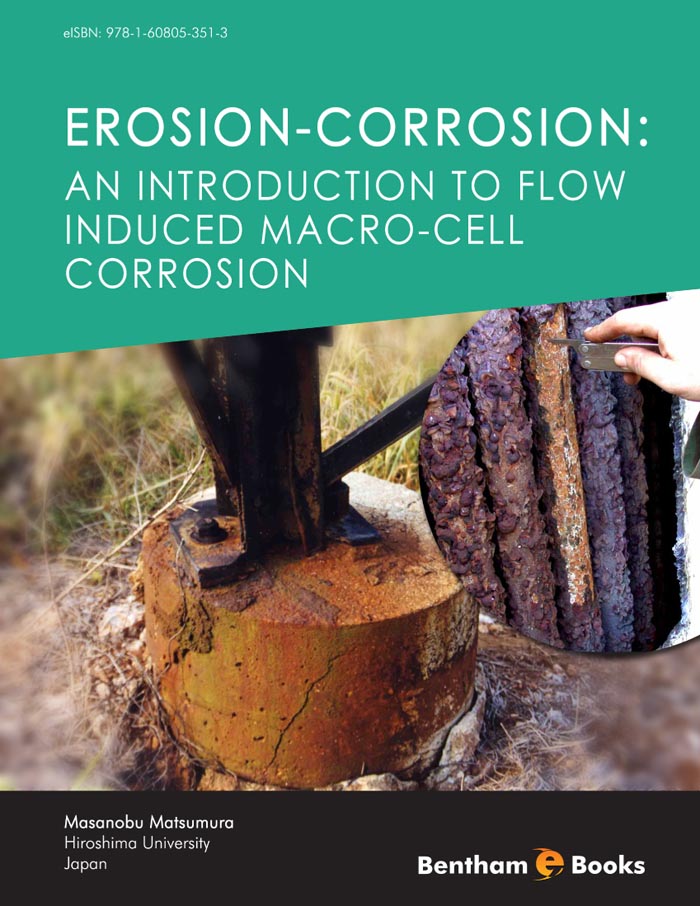Introduction
Erosion-corrosion is a generic name of degradation phenomena which occur on the chemical plant composing metallic materials under the conditions of various flowing liquids. For example, it occurs on heat transfer pipes of seawater heat exchangers (made of copper base alloys), casings of seawater pumps (made of gray cast iron) and carbon steel pipes which transport pure water of high temperature and pressure. Pipes made of carbon steel have sufficient strength and are simple and inexpensive to process. These are commonly used to transfer de-ionized water. Sudden and fatal explosion accidents have occurred in succession due to carbon steel pipes involved in high-temperature de-ionized water transport in thermal and nuclear power plants. The phenomenon was named FAC (flow accelerated corrosion) without the exact cause being clarified. It is a strongly suspected cause of the serious accident in 1986 with four victims which arose in the Surry nuclear power plant in Virginia, U.S.A.
Erosion-Corrosion is a compilation of nearly five decades of research on this theme throughout and demonstrates one true colour of this phenomenon; erosion-corrosions are not the product of the cooperation of erosion and corrosion, in which they may be generally believed, but are pure electrochemical corrosions in nature and usually occur in copper based alloys.
This e-book contains descriptions on erosion-corrosion testing methods and case studies carried out on the accidents which have occurred in the real chemical plants. Testing equipment helps us to estimate the erosion-corrosion damage in the laboratory and data of successive accidents in the field allows us to study the mechanisms behind it.
The mechanisms brought to light in this e-book are useful for predicting the site of incidence in chemical plants and the degree of the damage. In consequence, it is a useful tool for designing, material selection and maintenance of safer hydraulic machines and chemical plants, seawater pumps and piping in nuclear power plants.

